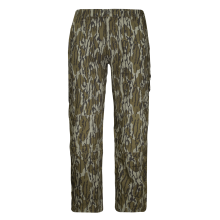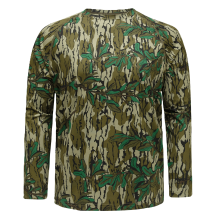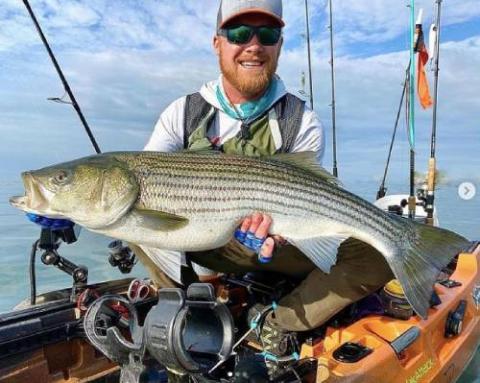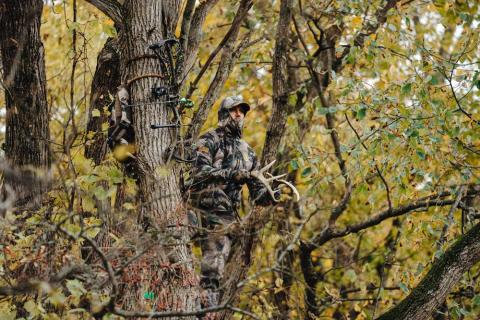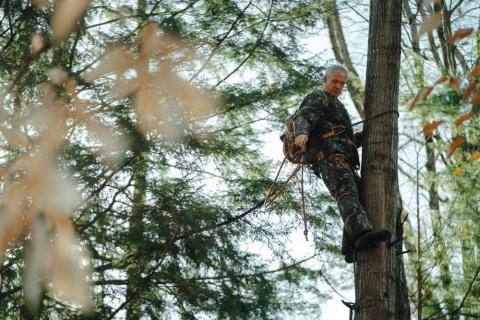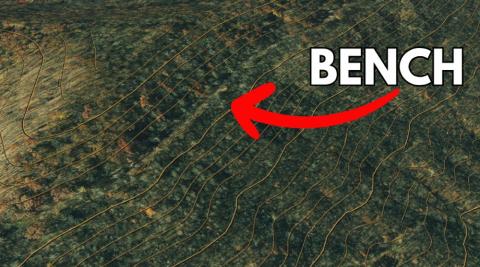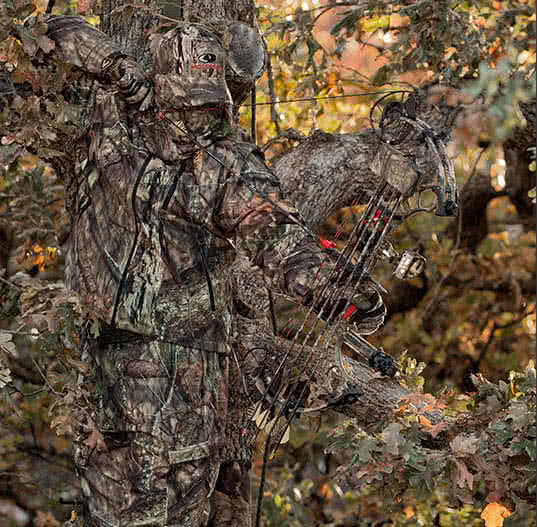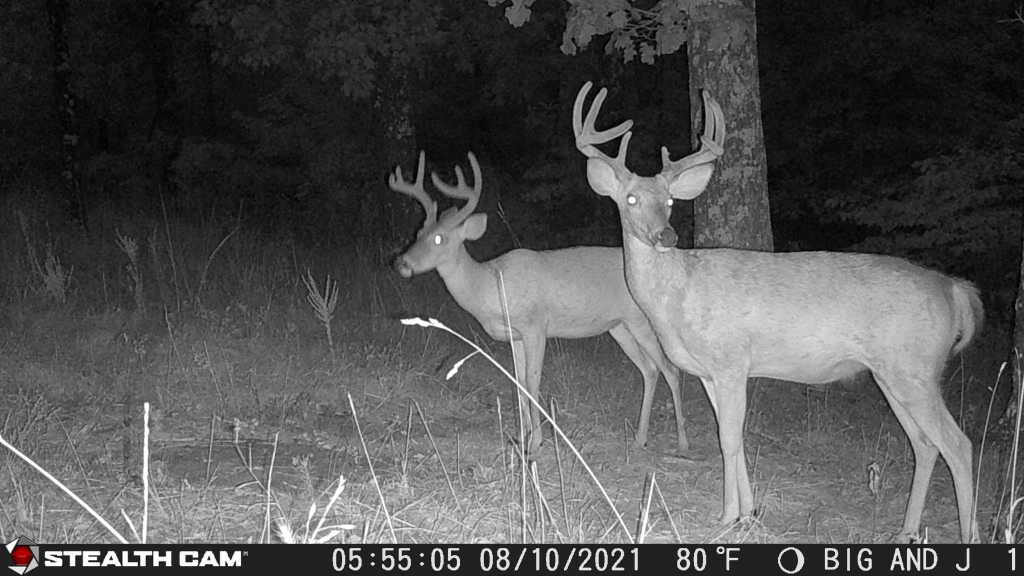
Heath Wood
For whitetail hunters, July is more than just the heart of summer; it's a necessary time to observe buck behavior that can pay off come fall. As velvet antlers grow and patterns become clear, bachelor groups form the social core of a buck’s world. However, those who use game cameras for summer scouting know all too well that these groups don’t stay together forever.
I used to get frustrated seeing trail camera photos filled with mature bucks, sometimes three to five in a single frame, only for them to vanish seemingly overnight. I assumed that once they broke up and shifted into their fall patterns, my chances of seeing them again during hunting season were slim to none. But after several years of putting in the work, I began to have encounters with those same bucks in October and even throughout the rut in November. By understanding how bachelor groups interact in the summer, you can get a better sense of which bucks are likely to stick around, which ones will move on, and most importantly which buck you should be focused on for opening day.
The Bachelor Club Opens
By mid to late July, bucks are fully settled into their summer routines. Velvet antlers swell, feeding habits become consistent, and bachelor groups stay close. These groups can range from just a few bucks to about a dozen, depending on habitat quality and population density. You'll often see them at the same food sources, such as bean fields, clover patches, and shaded hay field edges, which are key spots.
Of course, trail cameras are invaluable this time of year, but so is glassing from a distance. Not only do cameras and binoculars show you who's hanging around, but they also provide clues about how these bucks behave around each other. Especially when using cameras like the new Stealth Cam Spectre 4K Dual-Core Cellular Trail Camera in video mode. Videos can help catch buck interactions and assist in determining who is passing through or who is spending the summer near their home range.

Understanding Personality and Peeking at the Pecking Order
Even within a bachelor group, social structure matters. When using video mode or taking photos, observe the body language of bucks closely; it can reveal a great deal. Dominant bucks typically lead the group when entering a field, stand broadside or square off when challenged, and are often the first to feed and the last to flee. Subordinates, on the other hand, hang back, avoid confrontation, and may appear more nervous or cautious. Studying trail cam footage carefully can help you begin to distinguish personalities. Some bucks are bold and consistent at showing up at the same spot at the same time. Others are more elusive, unpredictable, or seem to follow rather than lead.
Personality matters come hunting season. That homebody 10-point that hits your clover plot like clockwork might just be killable in early October. Meanwhile, the nervous fork-horn that appears once a week may vanish at the first sign of pressure.
Who Stays and Who Goes
As fall approaches and testosterone levels increase, bachelor groups start to break up. Some bucks drastically change their range, especially younger deer pushed out by older, more dominant bucks. Others will shrink their core areas and stay in place, often overlapping with their summer patterns.
Homebody bucks, especially mature ones, are your best candidates for an early-season encounter. You can identify these by consistent appearances on camera, daytime activity, and their tendency to linger after bachelor groups start to dissolve. Pay close attention to where they enter and exit feeding areas, and take note of staging zones in cover just off the food.
On the other hand, if you only have one or two images of a massive buck in July, don’t get your hopes too high. That buck could be a summer wanderer with a core range a mile or more away. It's not impossible to tag him, but your chances drop significantly without consistent patterning.

The Final Step: Build a Buck Profile
By combining visual observations, trail camera data, and notes on behavior, you can build a “profile” of the bucks in your area. Think of it like scouting a sports opponent to understand their habits, strengths, and tendencies. Pay attention to:
- Frequency – How often does he show up?
- Timing – Is he daylight active or strictly nocturnal?
- Companions – Who does he run with, and where do they go?
- Behavior – Is he aggressive, passive, bold, or sneaky?
As bachelor groups start to dissolve in late August and early September, narrow your focus to the buck that checks the most boxes. That’s your target for opening week. In early October of the 2021 Missouri archery season, I capitalized on one of those bucks, which seemed to be hanging around often. I had one particular buck that had been consistent on my cameras from early August through the start of the season, which was September 15th. When the wind was finally right, I climbed into a stand on October 3rd. The bachelor group still had four bucks, those who were still traveling together. Sometimes, as hunters, we get lucky. That evening, the first two bucks of the familiar bachelor group showed up in the field, along with six to seven does. An hour later, my buck came to join his boys. The wide ten-pointer walked boldly into the field and blessed me with a 25-yard, broadside shot. By watching my cellular cameras closely and monitoring every move of the bachelor group of bucks, I was able to get on a mature buck early and notch my tag before many hunters had even begun hunting.
Hunting smart starts in the summer. By understanding how bachelor groups function and how to identify the traits of individual bucks, you're stacking the odds in your favor. Keep your pressure low, your intel high, and let the bucks reveal themselves. The one you're watching now might just be the one you’re gripping antlers with this fall.
















